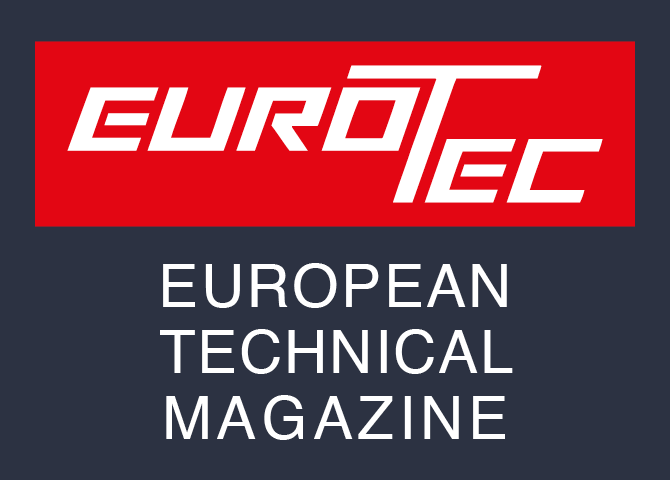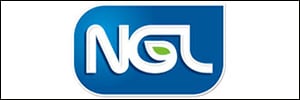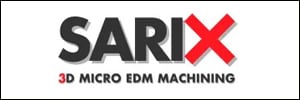Medical devices have and are undergoing rapid change, generating pressure on the manufacture of components. Even some of the more basic parts such as screws have evolved as regards type, design, quality demands and delivery demands.

In response, machinery, methods and tooling are developing to meet demands from a growing industry. The sliding-head machine provides an advantageous basis for very efficient machining – where parts are small but the differences in degree of utilization is large.
A difference to a great extent determined by tooling and methods application As far as small-part machining goes, making medical parts is often different. Batches are generally smaller, with shorter delivery times, materials more demanding and designs. Tooling and methods need to be closely suited to features to achieve satisfactory results. Long, slender screws in titanium is one example. Complete solutions are needed with the right tool and process know-how which needs to include measures ranging from the cutting edge to the way tools are held and changed.
To plan carefully These solutions are especially critical in achieving high efficiency of the multi-functional sliding-head machine. Here it is vital to prioritize not only the cutting process but also the non-cutting part of the cycle time to maximize output during the available production time. How long does the in-cut machining take, how many operations have to be involved and how long to change tools?
Three typical kind of parts In a further issue we will describes three typical medical components made on sliding-head machines with examples of machining operations and modern solutions that optimizes machining and make a marked difference to productivity:
- dental screws
- bone screws
- tulip heads

. We will come back on the subject soon, meanwhile you can fetch a lot of valuable information on how to produce medical parts in visiting: www.sandvik.coromant.com/medical .
.

- There is a general imbalance between the cost development and what the market is willing to pay. In order to bridge that gap, there is a need to continuously increase efficiency and productivity. The Sandvik website focus on learning how to machine medical components (amongst other).
..
...brought to you by Eurotec-Online.com





















